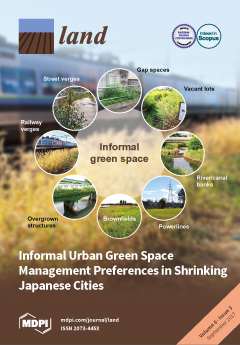Resource information
Land use and land cover were mapped between 3500 and 5000 meters above sea level m.a.s.l. in the Río Chambo basin in south-central Ecuador from Landsat MSS, TM, ETM and OLI imagery acquired between 1979 and 2014. The area mapped has been dominated by páramo and a variety of agricultural land uses since 1979. The main land-use transitions have been from páramo to agriculture, native forest to páramo and agriculture, and agriculture back to páramo. Significant areas of páramo have remained unchanged over the 35-year period analyzed, while the area of native forest has declined and that of bare soil increased. Plantations of non-native timber species increased from 1979 to 1999, but their area has now declined. Most land-use transformations have occurred at lower elevations in the 3500–5000 m.a.s.l. range. This is particularly the case for the loss of native forest and the degradation of páramo and agriculture to areas of bare (eroded) soils. A drivers-based approach revealed that these land-use transformations were related to import substitution and afforestation policies geared toward internal markets, exports and environmental conservation.


